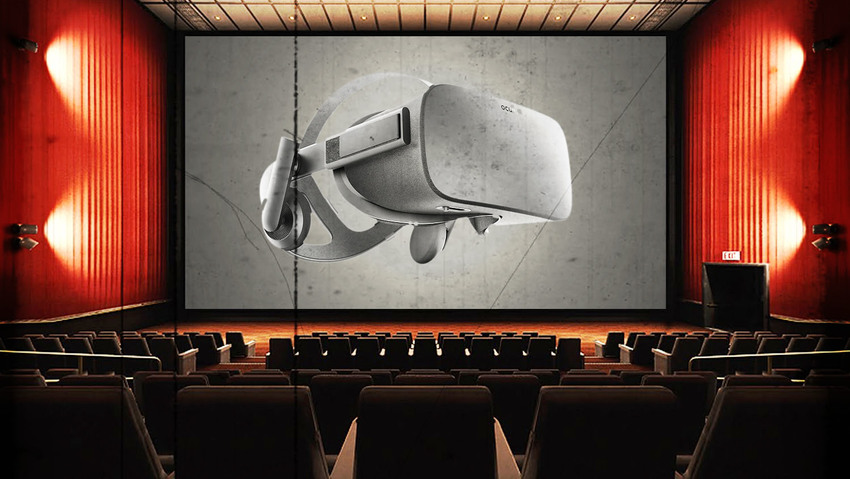Imagine you sitting in a theatre, waiting for the performance. All of a sudden, a performer ask you to wear a visor virtual reality. The curtain rises and you are dancing with your favourite ballet dancer. The reality becomes clear a few minutes later, when the performance is finished and you are encouraged to remove the VR headset.
Virtual reality is a three-dimensional, computer generated environment which can be explored and interacted with by a person (Gigante M.A., 1993). Nowadays virtual reality technology is used in a broad range of situations, from videogames to training pilots, going through visualizing and modifying prototypes ( Reaney M., 1999). It is quite interesting also to notice that the traditional theatre industry is moving towards new technologies, such as virtual reality (Dickson A., 2019).
In theatre the goal is to immerse spectators in the performance through a right mix of engaging storytelling, soundtracks, talented actors etc.. Theoretically, if the show is successful the spectator should escape from reality, feeling part of the performance ( Reaney M., 1999). Virtual reality could help in further enhancing and improving the audience engagement. Virtual reality is able to remove the separation betweeen actors and spectators. People have no longer a passive role, they participate firstend to the performance, this can further increase the emotions and the feelings of the plot ( Moneta A., 2017).
Virtual reality does not only improve customer’s experience but it also enlarges the screenwriter capabilities. Indeed, virtual reality allows to visualize endless combinations of environments and sets, actors can immerse themselves in the reality that spectators will experience later on, trying to understand how it can be improved ( Moneta A., 2017). This VR implementation is also showed in the following video presentation of the Microsoft HoloLens, a state of the art VR visor launched in February 2019.
Virtual Reality has already been implemented by some theather companies in limited situations such as film festivals and other pop-ups events ( Yu K., 2019). However, considering the fast pace of VR’s technology development, new possibilities and potential for virtual theatre performances will further increase in the next year (Moneta A., 2017) and the next video is a clear example of the VR potentiality (Damiani J., 2019).
http://https://www.youtube.com/watch?time_continue=1&v=zF-focK30WE
Reference:
Damiani, J. (2019). ‘Chained’ Is A Groundbreaking Exploration Of Immersive Intimacy — And Now It’s Expanding. [online] Forbes.com. Available at: https://www.forbes.com/sites/jessedamiani/2019/03/11/chained-is-a-groundbreaking-exploration-of-immersive-intimacy-and-now-its-expanding/#11001ced42a7 [Accessed 6 Oct. 2019].
Dickson, A. (2019). Will virtual reality change theatre?. [online] Financial Times. Available at: https://www-ft-com.eur.idm.oclc.org/content/0b25319e-f7cd-11e8-a154-2b65ddf314e9 [Accessed 6 Oct. 2019].
Gigante, M. A. (1993). Virtual reality: definitions, history and applications. In Virtual reality systems (pp. 3-14). Academic Press.
Mark Reaney (1999) Virtual Reality and the Theatre: Immersion in Virtual Worlds, Digital Creativity, 10:3, 183-188, DOI: 10.1076/digc.10.3.183.3244
Moneta, A. (2017). How virtual reality is changing the way we experience stage shows. [online] The Conversation. Available at: https://theconversation.com/how-virtual-reality-is-changing-the-way-we-experience-stage-shows-81542 [Accessed 6 Oct. 2019].
Yu, K. (2019). How Immersive Virtual Reality Theatre Pushes the Limits of Storytelling. [online] Medium. Available at: https://noproscenium.com/how-immersive-virtual-reality-theatre-pushes-the-limits-of-storytelling-8265b198bfc7 [Accessed 6 Oct. 2019].


